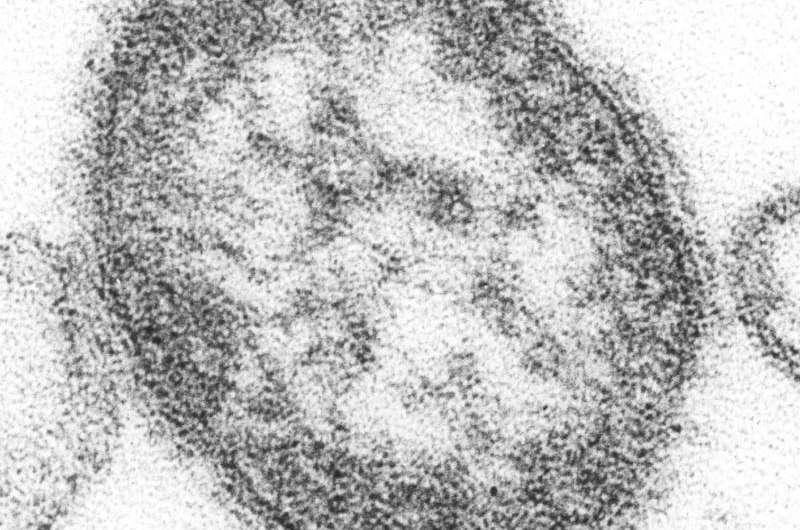VitalHide Prioritizes Privacy in Wireless Health Monitoring Technology

VitalHide is a groundbreaking privacy-preserving system that protects sensitive health data collected by wireless sensors, empowering users to control who accesses their vital signs and ensuring privacy in wireless health monitoring.
Wireless health monitoring technology is advancing rapidly, enabling continuous passively tracking of vital signs such as breathing and heart rate without the need for conventional wearables like smartwatches or fitness trackers. While these innovations promise improved health insights, they also raise significant privacy concerns regarding who has access to the sensitive health data collected.
Addressing this challenge, researchers at Cornell Tech have developed VitalHide, a novel system designed to preserve user privacy in wireless health sensing. Led by assistant professors Rajalakshmi Nandakumar and Thijs Roumen, along with Ph.D. students Zekun Chang, Yixuan Gao, and Tanvir Ahmed, the team introduced their technology at the HotMobile conference in February 2025. Their paper, titled "VitalHide: Enabling Privacy-Aware Wireless Sensing of Vital Signs," has been published in the Proceedings of the 26th International Workshop on Mobile Computing Systems and Applications.
VitalHide aims to give users greater control over their health data without compromising the benefits of wireless sensing. Roumen highlighted the pervasive nature of unauthorized data collection—from smart TVs tracking your heartbeat to routers monitoring your focus, or even waiting rooms collecting breathing patterns without consent. While wireless monitoring in healthcare settings can be beneficial, there is a growing need to prevent clandestine surveillance.
What sets VitalHide apart is its proactive approach to privacy protection. Instead of simply scrambling or blocking data after collection, it generates fake motion signals using tiny vibration motors or shape-changing textiles. These signals act as decoys, confusing unauthorized sensors. Only users with the correct decoding key can filter out the fake signals and access accurate vital sign data. Unauthorized devices, lacking this key, are misled, thus safeguarding privacy.
The system is built using soft robotics, wireless sensing, and functional embroidery, allowing components to be integrated into clothing and textiles. The team is working to miniaturize the actuation system—comprising motors and moving parts—making it more comfortable for everyday garments like jackets and vests. They are also enhancing the system's security against emerging threats, such as machine learning techniques designed to reconstruct biometric signals.
Future developments include testing with different sensing modalities, including Wi-Fi and acoustic signals, and establishing mathematical guarantees to ensure privacy protection and accuracy. Roumen emphasizes that VitalHide is not against technology but empowers users to decide who accesses their vital data. For example, a marathon runner might share heart rate data with their fitness device but not with insurance companies.
User-centered studies are underway to ensure the system’s practicality and empowerment potential. As wireless health sensors become more widespread, privacy considerations need to be integrated from the beginning. Nandakumar notes that designing privacy-aware systems is crucial for the ethical development of future wireless health technologies.
In summary, VitalHide represents a significant step towards balancing technological advancement and individual privacy rights. As biometric data collection becomes more powerful and ubiquitous, systems like VitalHide help ensure that personal health information remains under the user’s control, addressing societal concerns about surveillance and misuse.
Stay Updated with Mia's Feed
Get the latest health & wellness insights delivered straight to your inbox.
Related Articles
Biomarkers Identified for Predicting Side Effects of Cancer Immunotherapy
New biomarkers identified by UT Southwestern researchers could help predict which cancer patients may develop side effects from immunotherapy, enabling more personalized and safer treatment approaches.
Discovery of a Key Enzyme in Cell Movement and Cancer Spread
Scientists from the University of Konstanz have identified PPM1F as a vital enzyme that controls cell migration, playing a significant role in tissue development and tumor spread. This discovery opens new avenues for cancer therapy research.
US Experiences Its Worst Measles Outbreak of the 21st Century in 2025
The US faces its worst measles outbreak of the 21st century in 2025, with over 1,200 cases and multiple deaths, driven by declining vaccination rates and misinformation. Learn more about this alarming resurgence.



